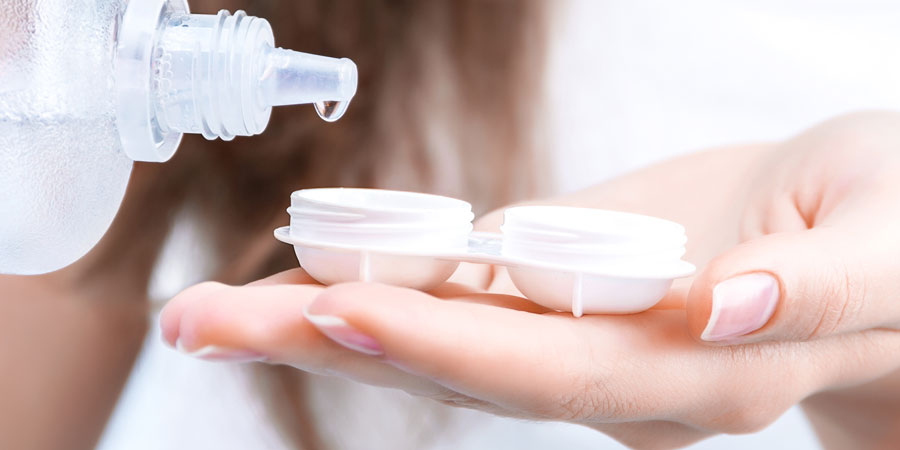
Contact lenses are incredibly convenient, but they come with responsibilities — specifically, keeping them clean and disinfected. Poor disinfection and hygiene remain among the leading risks for complications like microbial keratitis and irritation. Fortunately, optometry clinics around the world are adopting new technologies and protocols that make lens care safer and easier than ever.
Here are some of the most promising trends:
1. Smart Disinfection Cases
One innovation making waves is the intelli-Case, a contact lens case equipped with a microprocessor in the cap. The case uses hydrogen peroxide solution and has indicator lights (e.g. “UNSAFE”, “BUSY”, “READY”) that help the wearer know when the disinfecting cycle is done and when the lenses are safe to wear. This helps avoid premature use and potential harm.
2. Bio-Inspired & Gentle Formulas
Patients are also looking for disinfecting solutions that are gentler on the eye. New bio-inspired formulas are designed to mimic the natural antimicrobial properties of the tear film. Also, many newer multipurpose disinfecting solutions are pH-balanced, reducing irritation, and include ingredients that more effectively break down protein and lipid deposits on lenses.
3. Smart Reminders & Care Apps
Because many lens users slip in hygiene practices (e.g. forgetting to clean, replacing cases, or adhering to soak times), clinics are promoting apps and smart reminders. These can alert patients when to clean or change their lenses or cases, increasing compliance and reducing risk. Some clinics offer QR codes on lens products or packaging that link to tutorial videos for proper cleaning.
4. UV & LED-Enhanced Case Designs
To further reduce contamination, some lens cases now include UV or LED disinfection features. These cases use built-in LED lights to irradiate the case interior or disinfection solution, helping kill microbes that survive the cleaning process. Some feature timers or indicators to let users know when the disinfection is complete.
5. Clinic-Level Protocols & Patient Education
A strong trend is clinics enhancing their internal protocols:
Scheduling buffer times between appointments to allow for case cleaning and sterilization of instruments.
Increased patient education, with staff demonstrating correct lens cleaning, storage, and case maintenance.
Visual signage in clinics reinforcing hygiene practices (hands, lens case, storage).
Why This Matters for Patients
Reduced risk of infections and complications.
More comfort and fewer irritations (especially for sensitive eyes).
Peace of mind knowing your lens case is truly safe.
Better vision outcomes — clean lenses and proper care help ensure clarity and ocular health.
Final Thoughts
As contact lens technology and clinical protocols evolve, patients benefit most when clinics stay current — using smart tools and emphasizing education. If you wear contacts, it’s worth asking your optometrist whether they offer or recommend these newer disinfection options or care tools.









